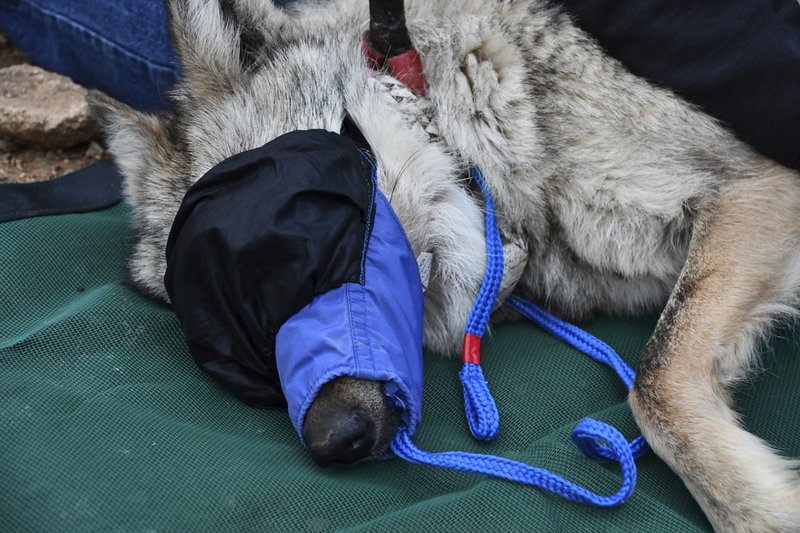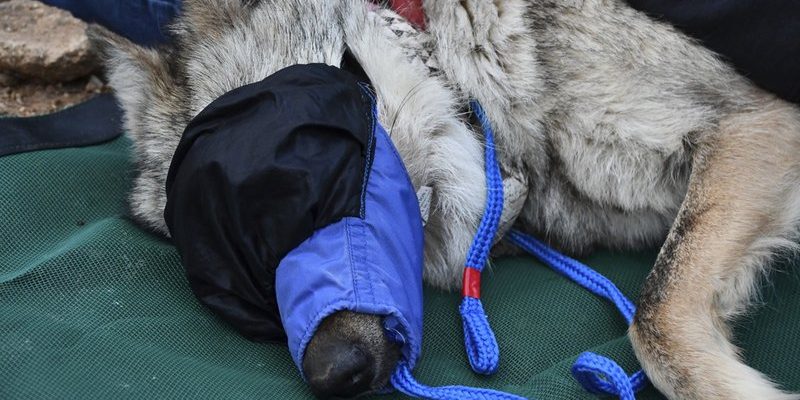
Think of wolf worm exposure like a nasty cold. It’s an unwelcome invader that can slow you down, but with the right care and time, you can bounce back to your usual self. Similarly, wildlife facing wolf worms can experience some pretty rough symptoms, but with the right intervention from trained professionals, they often make a full recovery. So grab your coffee, and let’s explore this intriguing topic!
What Are Wolf Worms?
Before we get into recovery, it’s crucial to understand what wolf worms are. Wolf worms are the larvae of the **Cuterebra** fly, which often infects mammals by burrowing into their skin. When a wild animal comes into contact with these maggots, they can start to wreak some serious havoc.
Imagine a tiny invader creating a home for itself just beneath the skin. This can lead to infections, discomfort, and a range of health issues. The animals most often affected include rabbits, rodents, and even cats. The symptoms can vary widely—from a small, visible bump to severe inflammation and lethargy.
Understanding these aspects will help us appreciate how crucial timely intervention is for these animals. So, if you’ve ever seen a small bump on a wild animal and wondered what it was, it might just be a wolf worm!
Recognizing Symptoms of Wolf Worm Infestation
You might be wondering how to tell if a wild animal has been affected by wolf worms. Symptoms can manifest in several ways, and recognizing them early can be a game-changer for recovery.
Here’s a list of the most common symptoms:
- Visible bumps: The most noticeable sign is usually a lump under the skin, where the larvae are burrowing.
- Behavioral changes: Infected animals may become more reclusive or less active due to discomfort.
- Infection: Sometimes, the area around the bump can become inflamed or infected, which is a sign the animal needs immediate help.
- Kicking or scratching: Animals may try to scratch or kick at their skin to alleviate the discomfort caused by the worms.
Taking note of these signs is vital for wildlife rehabbers. If they can spot these symptoms early on, they can take prompt action to help the animal heal.
Steps for Recovery: How Wildlife Rehabilitation Works
When an animal is diagnosed with wolf worm exposure, it’s time to jump into action. Wildlife rehabilitation centers play a crucial role in this process. Here’s how they typically handle these cases:
1. **Assessment:** The first step involves a thorough examination by a veterinarian. This helps determine the severity of the infestation and any related health issues.
2. **Cleaning the Area:** If the larvae are still present, the rehab team carefully removes them. This step must be done with care to avoid further injury to the animal.
3. **Treating Infections:** If the area is infected, antibiotics may be prescribed to prevent or treat infections.
4. **Supportive Care:** After the worms are removed, the animal may need additional care, like pain relief or nutritional support, to help them regain strength.
Ultimately, wildlife rehabbers act as a bridge between the wild and veterinary care, ensuring these animals have the best chance of recovery.
Timeframe for Recovery
So, how long does it take for an animal to recover from wolf worm exposure? The timeframe can vary a lot based on several factors, including the animal’s overall health, the extent of the infestation, and how quickly they receive treatment.
– **Minor Infestations:** If the infestation is caught early, recovery can happen in just a few days to a week. The animal might just need a bit of rest and care.
– **Severe Cases:** For more complicated cases, especially if infections are involved, recovery might stretch to several weeks. In these situations, the animal could benefit from a longer stay in rehabilitation.
– **Reassessment:** Often, animals will be re-evaluated after a week or so to monitor their progress and adjust treatment as needed.
Understanding this timeline helps us appreciate the patience and care required for these animals to heal properly.
Preventing Wolf Worm Infestation in Wild Animals
Prevention is always better than cure, right? While we can’t control the wild, there are actions that can minimize the risk of wolf worm infestations in wildlife:
– **Habitat Maintenance:** Keeping natural habitats clean and free from debris can reduce shelter for the Cuterebra flies, lowering infestation rates.
– **Human Interactions:** If you’re a wildlife lover like me, being mindful during outdoor activities can help. Avoid disturbing nests or dens where animals may be living.
– **Education:** Educating communities about the signs of wolf worms can lead to quicker interventions if an animal is spotted with symptoms.
Although we can’t prevent all infestations, raising awareness is a step in the right direction. Every little effort counts!
Wild animal recovery after wolf worm exposure is a fascinating and important topic. It’s incredible to see how resilient nature can be, and with the right care, many animals bounce back from these troublesome parasites. Whether through the dedicated work of wildlife rehabilitation centers or community awareness, there’s a path forward for these creatures to reclaim their health.
Next time you spot a wild animal, remember the challenges they face, like wolf worm exposure. By understanding these issues, we can all play a role in fostering healthier wildlife populations. Let’s continue to celebrate and protect the amazing tapestry of life that surrounds us!

